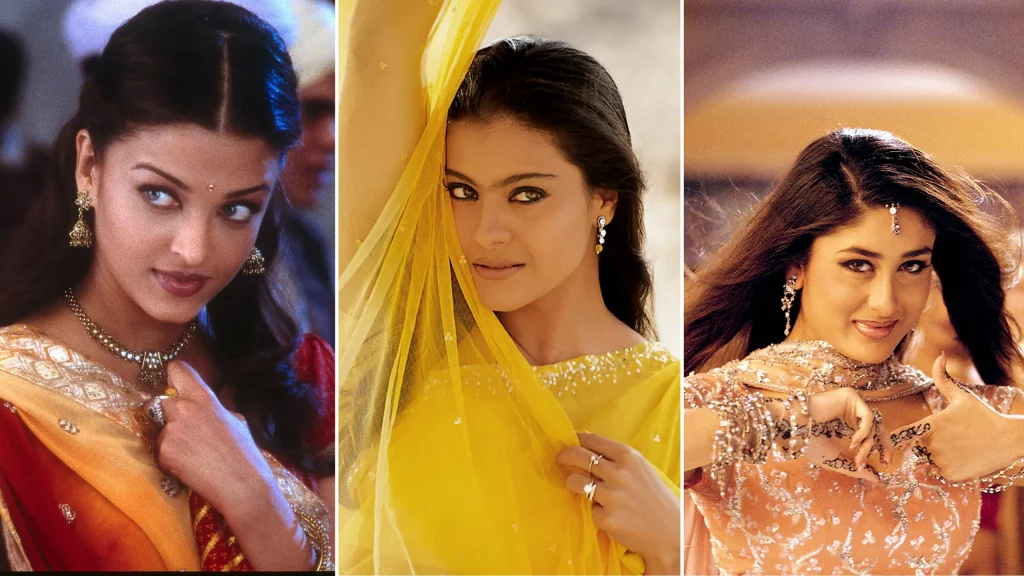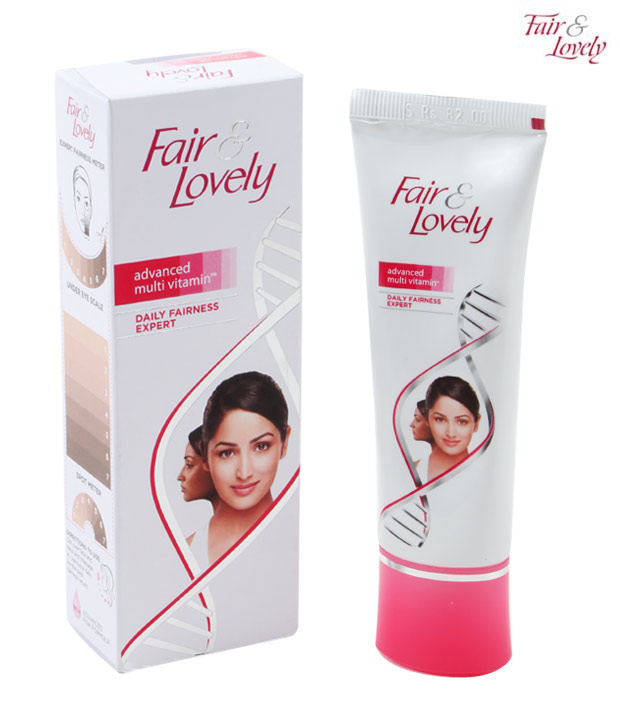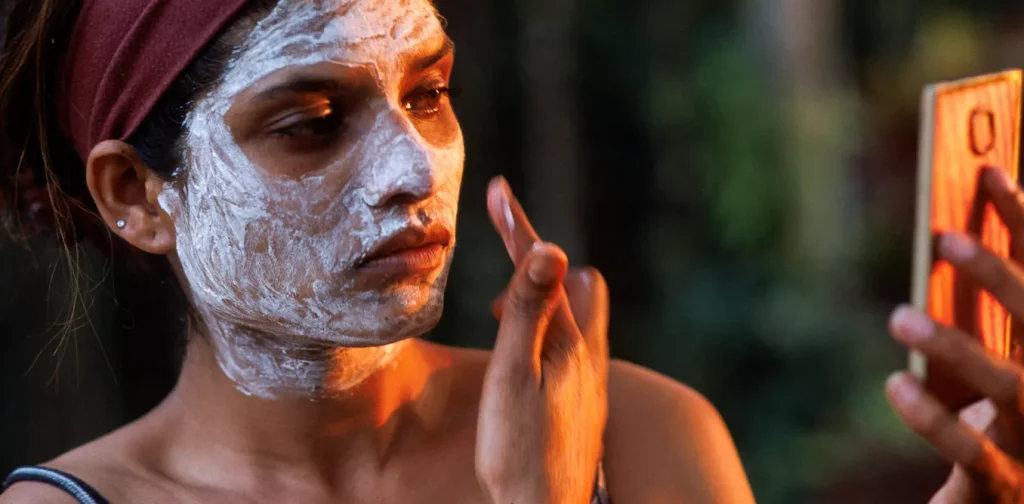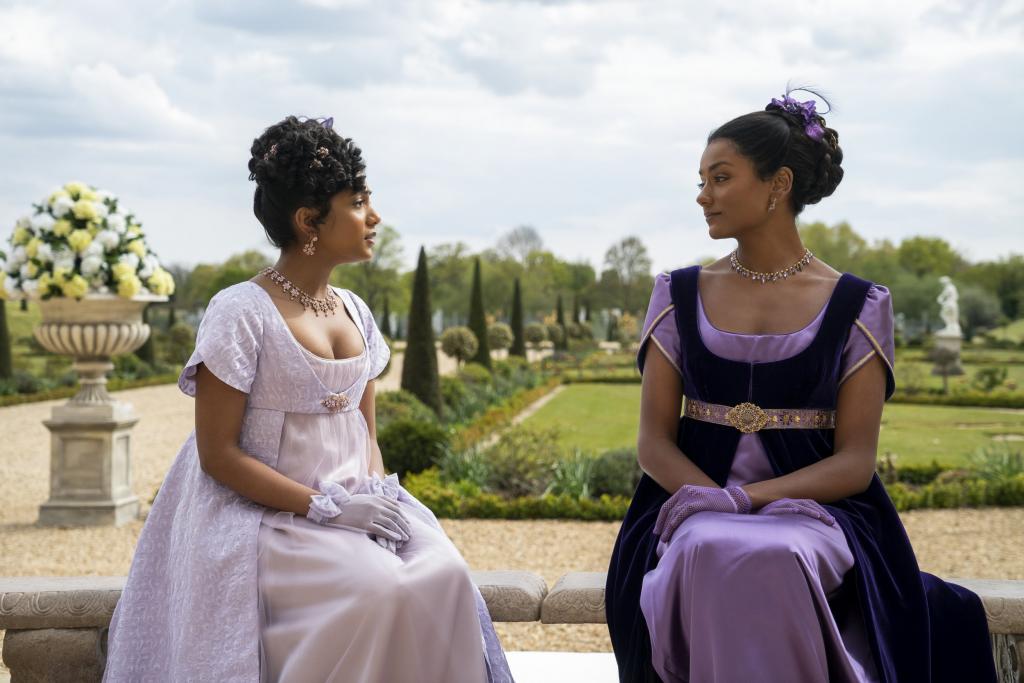Colourism in Bangladesh: A Toxic Cultural Attitude, Seemingly Impossible to Uproot

If beautiful means fair and lovely, the opposite must mean dark and unpleasant. “She is dark-skinned, but look how generous she is.” “His complexion is almost pitch-black, but he must’ve done something right in the past life to have found such a beautiful, fair wife.” If you’ve grown up in a South Asian household, these comments have either messed up your self-esteem for life, or you’ve grown a thick skin to them by now. But these colourist comments, though – are here to stay forever. Because let’s face it, colourism in Bangladesh, and the greater part of South Asia, is a part of the culture – as displeasing as it may sound.
You’ll find a gazillion pieces of content on the internet calling out colourism in South Asian countries. It’s unfortunate that these opinions even have to exist in the first place. Why does anyone have to scream at your face that “dark is beautiful too”? The very fact that people need urgency from external sources to believe that dark skin isn’t ugly- is itself atrocious.
Do we need another piece of write-up on this topic when so many of them already exist? Yes, because it’s 2022, and skin colour bias is still a thing.
What Colorism in Bangladesh Looks Like
Having lived in Bangladesh for all of the twenty-something years of my life, I’ve been skin-tone shamed countless times- and mostly by close family members. It’s nothing uncommon for a Bangladeshi – colourism here always begins at home. You’d rarely see a family rejoice in the birth of a child if they turn out to be dark/dusky-skinned (unless it’s a baby boy in some cases, but that’s whole another issue).
Friends call you names based on your dark complexion; “Kala” and “Kalu” usually take the form of affection, but “Kali” is commonly used to express disgruntlement towards a dark-skinned female. In every step of life – academic, professional, even romantic – you see your fairer counterparts get more support, attention, and perceived superiority from others.
Commercials for skin-lightening cosmetics and jingles romanticising fair skin become a mundane part of your life. The darker the shade of your skin, the more society demands impressive talents from you to bolster your personality, for you’ve already lost skin colour points since you were born.

Your complexion is always compared to that of your sibling(s), sometimes even to that of your parents if there is a visible difference. But there are days you get to thank your lucky stars when you’re not the most dark-skinned in the room.
Even as a grownup, when you meet a relative after a long time, one of the first things they say to you is how your skin tone has gone three shades darker than before- because, of course, how dare you get any darker than you already are?
Being skin-tone-shamed feels even worse when it’s wedding o’clock, and you have to face a bunch of judgmental strangers deeming you suitable/unsuitable for marrying their son or daughter based on your complexion. Apparently, marrying a dark-skinned individual heightens the chances of your kids’ not being fair because God forbid you to give birth to a dark-skinned child. In some places, marrying off a dark-skinned girl is more difficult than solving a Rubik’s cube – in some cases, families have to provide excessive amounts of dowry to the groom to compensate for their “flawed” daughter.
The association of fair-toned skin with beauty and grace also stems from the belief that everything white is “pure” and “good” while black is “evil” and “ominous”. Bengalis have a rather unique way of describing skin colours. “দুধে আলতা” if you’re really fair and “ময়লা” if you’re on the darker side. Googled the English translation for ময়লা, and these words showed up: “dirty, filthy, soiled, messy, foul, grimy”.
Colourism – a Colonial and a Classist Practice
Bengalis’ fixation on fair skin is largely the result of colonial remnants that South Asians, in general, just can’t shake off their systems.

Even among the natives themselves, “fair” was held as an indication of power and superiority. The upper-class nobles would stay indoors, safeguarded from the heat and sunlight, which had to be endured by the lower class on a daily basis as they performed physical labour out in the hot weather. The same is true even now; city dwellers do tend to be fairer than day labourers who work under the sun for long hours or those who reside in rural areas. Even so, the majority of Bangladesh’s population comprises skin tones that are different shades of brown rather than the widely accepted pale or fair.
The devotion of South Asians to white supremacy or colonial influence is a little funny, given how even the highly revered “দুধে আলতা” is too “brown” by European standards. People from this subcontinent are, in fact, collectively referred to as “brown people” by the rest of the world. Yet, the elegant tones of brown that are a result of several natural and genetic factors, rather than randomness or luck – are considered a deal-breaker in many career and marriage prospects.
Racism ⇌ Colorism
In a literal sense, racism and colourism are different and shouldn’t be interpreted interchangeably. But one can beget the other, especially if races can be differentiated by colour. We know how pervasively both phenomena exist in the West. But South Asian colourism is also instigated by a racist mindset, and this is seen when you see South Asians refer to someone of African descent with racist slurs such as “Kaula” in a derogatory sense. Black immigrants in Bangladesh face this on a continual basis. On the other hand, white foreigners are treated with much more respect, sometimes with a comical attempt at speaking in English.
There are no real statistics of how South Asian colourism has impacted people the way there are reported accounts of racist hate crimes in developed nations. But the psychological damage caused by colourism has led to extreme cases, including suicide.
Skin Color Can be “Treated”

One major reason skin colour bias has persisted for years is a common belief that dark skin can be “improved”. In 1975, Hindustan Unilever introduced “Fair & Lovely” to the beauty industry as the first of its kind, capitalising on this belief and the general low regard for dark skin tone in India. It soon found a huge market in neighbouring countries – Bangladesh being one of them – for both men and women.
Competitors soon followed suit, and many companies came up with skin-lightening solutions for the Asian community. Global beauty giants market their skin-lightening products as solutions for uneven skin tones or dark patches on the skin. Many of these products are targeted only at Asian, African, and Middle Eastern markets and not the multinationals’ home countries.
Bangladeshi beauty brands didn’t fail to mimic their global counterparts too. Renowned local brands such as Tibet and Keya have their own lines of skin-lightening creams to cater to the localities.
These skin-lightening cosmetic products build a strong brand reputation centring on the fact that lighter skin boosts confidence.
Avoiding the sun, obsessively applying homemade remedies, and using fairness creams are some of the common antidotes to dark skin – used by both rural and urban people. Makeup is often used to temporarily replace melanin with a foundation five shades lighter than a person’s natural skin colour. Beauty parlours go as far as providing bleaching treatments to foster a lighter complexion. The market for fairness creams and fairness treatments is not limited to women. Although South Asian colourism is mostly female-focused, men are not completely exempt from it.
But the increasing anti-colourism awareness in recent years compelled beauty brands to reflect on their brand message and reform it. In 2020, Unilever rebranded Fair & Lovely to “Glow & Lovely”. While this could be considered to be the brand’s “lovely” attempt at inclusiveness, it doesn’t solve even half the problem.

You’d think “internet culture” would make way for obliterating colourism. But to get a rough idea about the craze for skin-lightening products even in 2022, take a look at some of the Facebook pages that sell them and the hype in the comments section on their posts. Most of these pages sell products imported from other colourist nations and promise dramatic results in a short time. Customers don’t realise or don’t want to realise the potential for fraud by these businesses and the presence of toxic substances in these products that can engender dangerous skin diseases, including skin cancer.
Is Anything Changing?
Changing the long-established mindset of an entire subcontinent or even that of a single nation is practically impossible. But more people are speaking up, referring to colourism as a serious problem, voicing their opinions on social media, and receiving instant acknowledgement and support from others. Protests and awareness campaigns on colourism have actually urged certain businesses to reconsider their branding efforts and recognise colourism as detrimental, albeit for clout. Because social media is largely used by the younger generation, anti-colourist sentiments are more welcome here. In fact, people here encourage each other to be confident in their skin, regardless of colour.

But that doesn’t mean offensive comments don’t exist at all. What’s impressive is how the receivers handle these comments – makes you sit back and think about how wrong those fairness cream commercials were when they said only a fairer skin tone could produce confidence.
It’s honestly nice to see people come out of their diffident shells and flaunt their melanin – defying the deep-seated beauty standards. A decade ago, I used to think brides were “supposed” to look fair, no matter what their natural complexion may be, because I’d never seen a dark-skinned bride when I was a kid. But recently, we’ve been seeing brides embracing their natural skin tones and getting their makeup done according to their skin shade instead of going for artificially fair makeup. Even though this scenario is not as prevalent nationwide as we’d prefer, small changes can be considered baby steps toward something big.
Pseudo Empathy? No, Thanks
When we talk about colourism being a problem, we want it to be recognised as a problem. You can acknowledge and empathise with the struggles of dark-skinned individuals in this country but even do refrain from showing pseudo empathy. Multiple times, opinions on social media as well as renowned newspapers have portrayed dark skin as something that should be pitied upon.
Some people take the context of anti-colourism as a “trend” to follow, and because they are not fully aware of the problem, they use the wrong way to approach this topic publicly. For example, glorifying somebody because they’ve married a dark-skinned individual, using phrases such as “dark but beautiful”. These narratives are not helpful – they don’t bring about inclusiveness; if anything, they alienate dark skin even more.
Conclusion
Beauty is subjective. Skin colour has nothing to do with beauty, but unfortunately, the mindset has everything to do with beauty. We can only hope that the newer generations will unlearn the toxic colourist mindset of their ancestors and preach love over any difference – be it skin colour, religion, race, gender, class, or literally anything else.
Follow The Interlude for more!






1 Response
[…] call it recycling. Then, Nubah came up to counter the silliness with a heart-breaking article about Colourism in Bangladesh, bringing us back to our grim reality with her dedicated piece to an overlooked problem in our […]